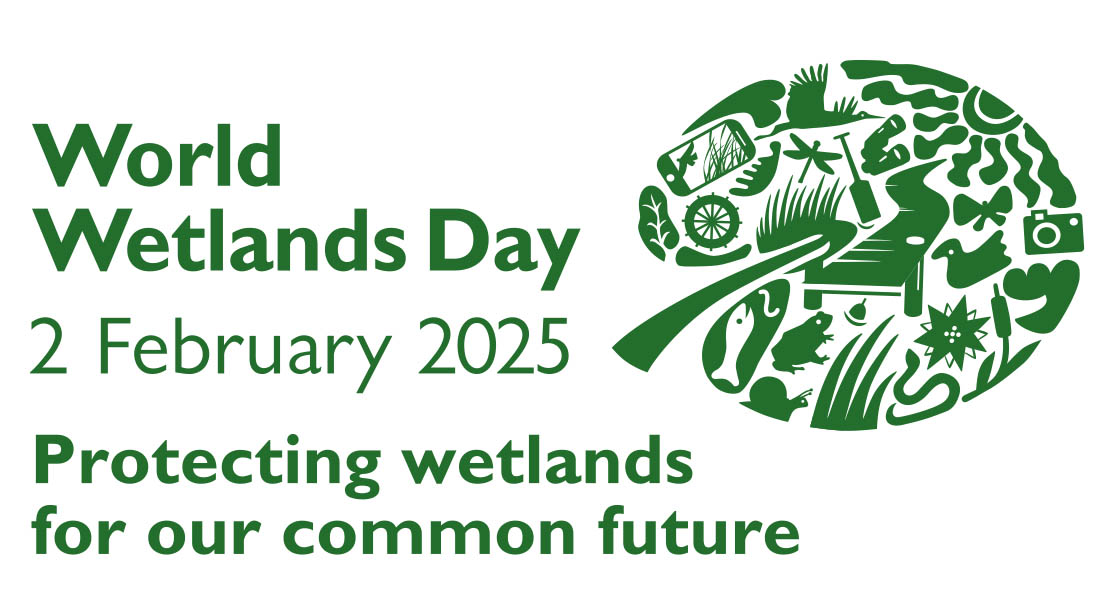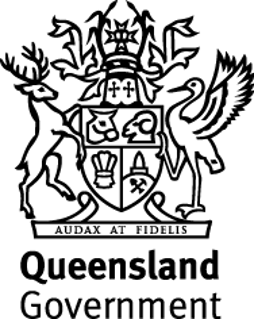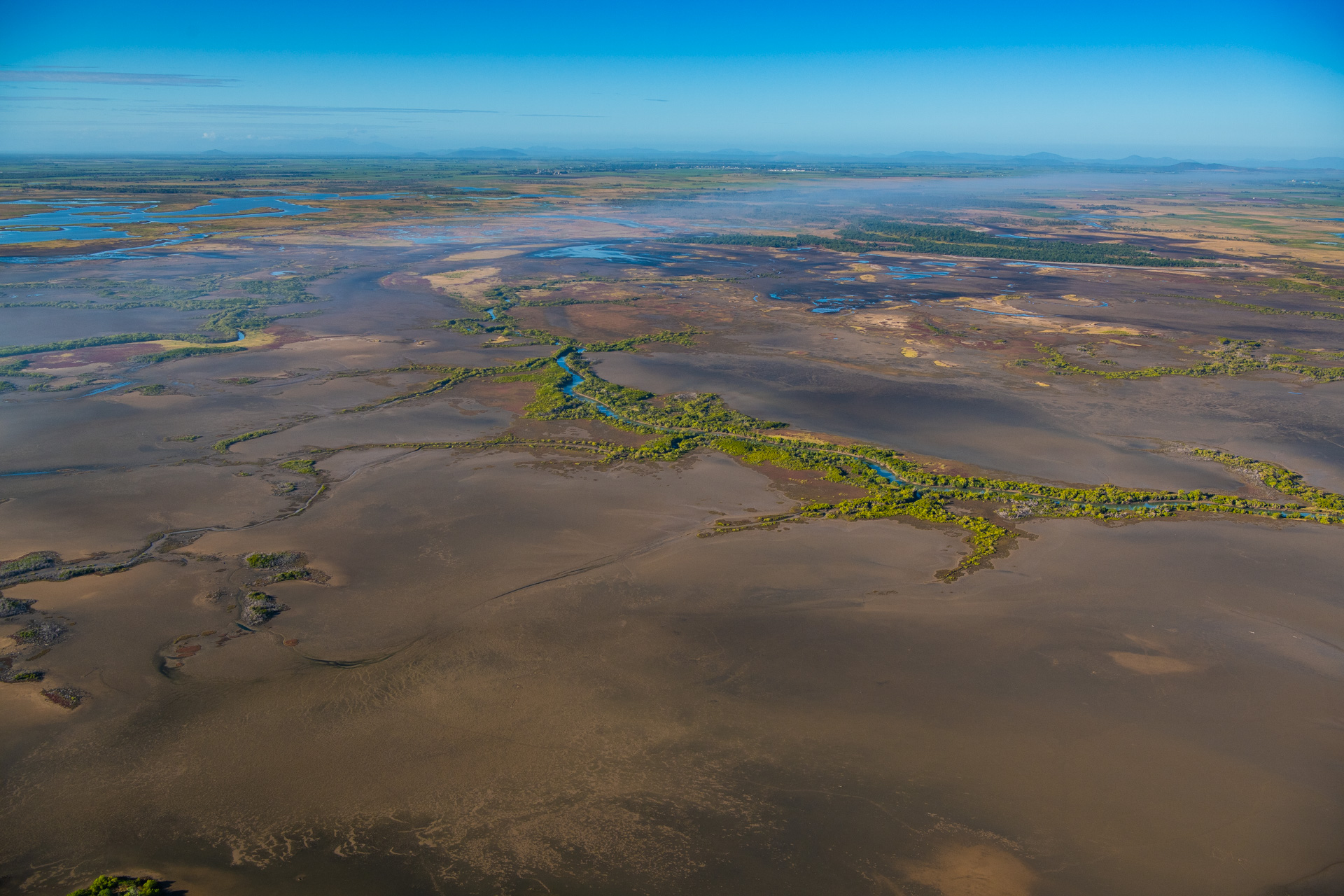|
|
WetlandUpdate February 2025

World Wetlands Day is celebrated on 2 February each year. It marks the anniversary of the signing of the Convention on Wetlands of International Importance in the Iranian city of Ramsar in 1971. The convention now has a global membership of over 170 countries and the day represents a global awareness campaign to highlight the value of wetlands. Find more information on World Wetlands Day events in Queensland. This year’s theme underscores the need for collaboration and foresight. By valuing and protecting these richy diverse, productive ecosystems - and inspiring action on their behalf - together, we can safeguard our common future and wellbeing. World Wetlands Day 2025 share the same theme with the 15th Meeting of the Conference of the Contracting Parties to the Convention on Wetlands (COP15), scheduled for July 2025 in Victoria Falls, Zimbabwe. For more information, see the materials provided from the Ramsar Convention website at https://www.worldwetlandsday.org.
Bowling Green Bay Ramsar Information Sheet (RIS)The updated Bowling Green Bay Ramsar Information Sheet (RIS) is available on the Ramsar Convention website. The RIS includes updated linework and boundary description to more accurately reflect the original intent of the Ramsar site at time of designation. The site is in north Queensland and meets 7 out of 9 Ramsar Criteria. The Bowling Green Bay Ramsar site extends over 36,000 Ha and supports a complex mosaic of coastal wetlands and an abundance and diversity of species including turtles, waterbirds and fish. The site has spiritual and cultural significance for Bindal and Wulgurukaba People First Nations people.
New FactsheetsUpdatesUpdated layers on WetlandSummaryAdditional links

WetlandUpdateThe WetlandUpdate is a regular bulletin sent to subscribers to provide you with the latest WetlandInfo resources and tools, as well as case studies, video information and new project fact sheets. WetlandInfo feedback and improvementsContact us via email for feedback, information or questions about wetlands. WetlandInfo feature species
Scylla olivacea, the Orange Mud Crab (male). Distinguished by red coloured bulbous claws in mature males, lacking in spines. Photo credit J. Robins QDPI
The feature species for February is the giant mud crab, or mangrove crab (Scylla serrata). Worldwide, there are four species of mud crab, two of which are found in Queensland waters – Scylla serrata, the Giant Mud Crab and Scylla olivacea, the Orange Mud Crab, the latter being less common, except for the northern Gulf of Carpentaria and occasionally on the east coast as far south as Townsville. The giant mud crab is an ecologically important species of crab found in mangrove lined rivers, sheltered estuaries and tidal flats. Juvenile mud crabs are found in the mangrove zone and subadult and adults migrate into the intertidal zone to feed at high tide. Their shells can vary in colour, ranging from blue to a deep mottled green and very dark brown. Giant mud crabs can grow up to 300 millimetres in shell width, and weigh up to 2.5 kilograms. Mud crabs have large claws, and their last pair of legs are flattened for swimming. Crabs grow through a series of moults as they reach the size of their current shell. Mud crabs will use their claws for defence and sometimes shed their claws to escape. Starting as zoea (type of larva), mud crabs hatch from eggs and float in the water. The zoea will then moult four times over a period of 12 to 15 days (temperature dependent), becoming a megalopa on the fifth moult, with functioning claws. Soon after the megalopa metamorphoses to becomes a crablet about 3 mm in shell width. Mud crabs moult multiple times through their life to grow (about 16 moults) reaching sexual maturity at 18 to 24 months old. Females can produce up to three egg-masses, with 34 to 59 days between spawning events under aquaculture conditions. The fertilised eggs are released in batches of two to five million. Once hatched, the pelagic larvae are distributed by ocean currents, but eventually must reach nearshore waters to survive and metamorphose into megalopa. There is high larval mortality, hence the large number of eggs produced by mud crabs. Mud crabs forage at night and eat slow moving or stationary animals such as molluscs, smaller crabs and worms. Mud crabs use their large claw to crush and their smaller claw to cut. Their claws are very powerful - mud crabs can crush shells that require up to 40 kilograms of force to break! Additional information
This section is updated regularly, so stay tuned for more! Last updated: 31 January 2025 This page should be cited as: Department of Environment, Science and Innovation, Queensland (2025) WetlandUpdate February 2025, WetlandInfo website, accessed 8 May 2025. Available at: https://wetlandinfo.des.qld.gov.au/wetlands/resources/publications/latest-news/2025-01-31.html |

 — Department of the Environment, Tourism, Science and Innovation
— Department of the Environment, Tourism, Science and Innovation


